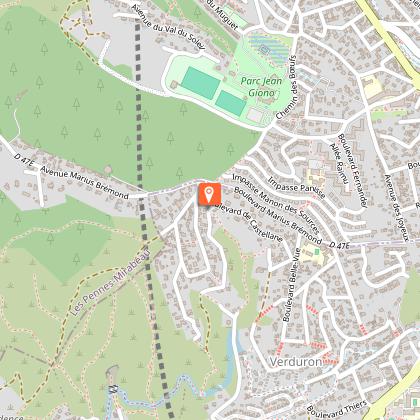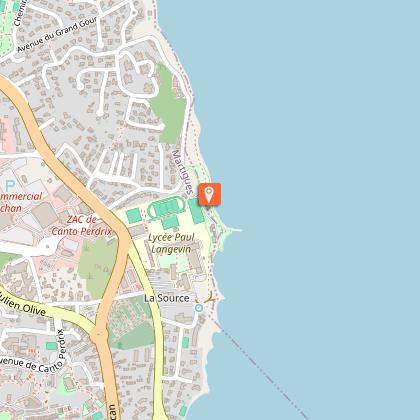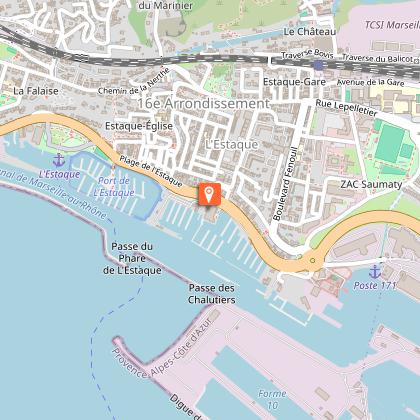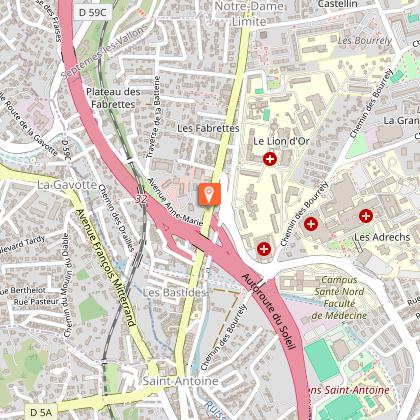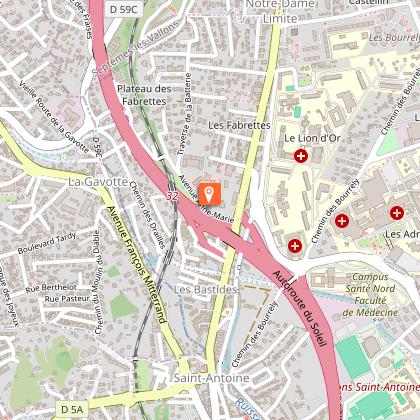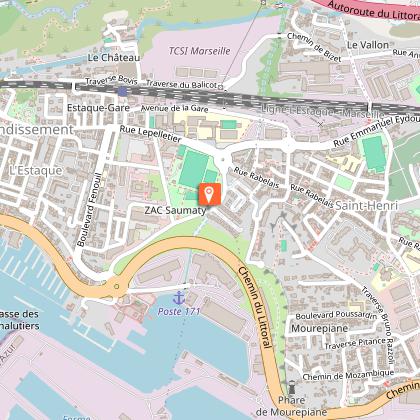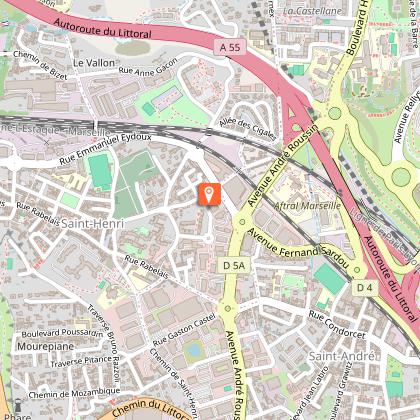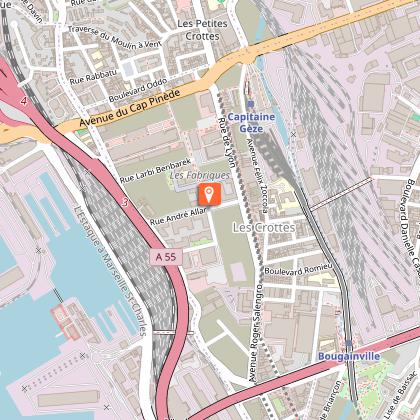Tours
Activities
Places of interest
Where to eat
Where to sleep
Explore Vitrolles with GLM Camping Marina Plage SAS
Are you the owner?Welcome to Vitrolles, your gateway to the wonders of Provence-Alpes-Côte d'Azur! During your stay at GLM Camping Marina Plage SAS, immerse yourself in the authenticity and cultural richness of the region. Start with a visit to the Étang de Berre, the largest salted pond in Europe, perfect for water sports, fishing, or just a relaxing walk by the water. Explore the medieval streets of Old Vitrolles...See more
Walking around GLM CAMPING MARINA PLAGE SAS
See more suggestionsHiking trails in the GLM CAMPING MARINA PLAGE SAS area.
See more suggestionsWhat to do in GLM CAMPING MARINA PLAGE SAS
See more suggestionsChoose from a variety of activities in GLM CAMPING MARINA PLAGE SAS and book your favorites.
See more suggestionsIGN cards
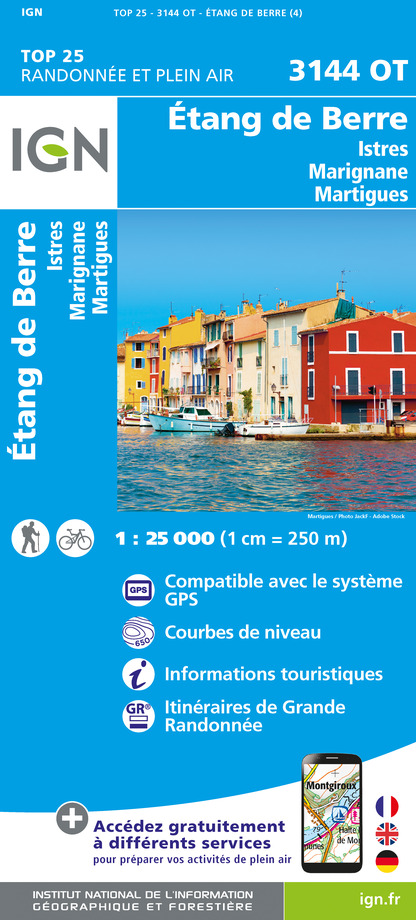
3144OT - ÉTANG DE BERRE ISTRES MARIGNANE MARTIGUES
Editor : IGN
Collection : TOP 25 ET SÉRIE BLEUE
Scale : 1:25 000
13.90€

3143ET - AIX-EN-PROVENCE VITROLLES LAMBESC
Editor : IGN
Collection : TOP 25 ET SÉRIE BLEUE
Scale : 1:25 000
13.90€
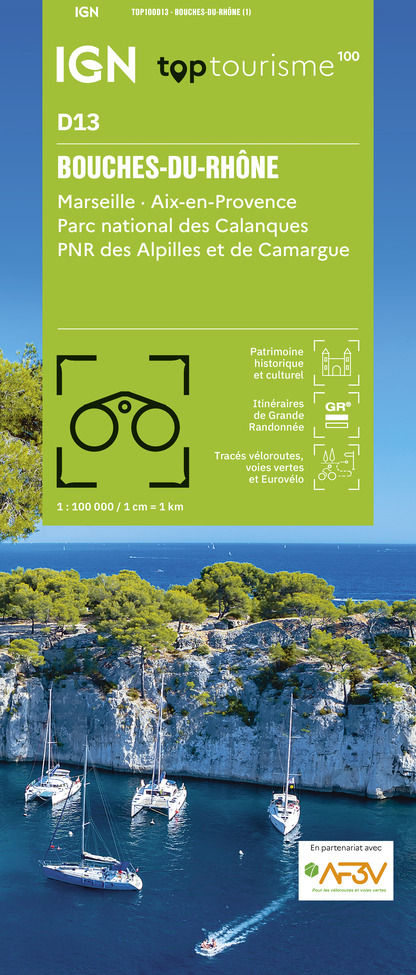
TOP100D13 - BOUCHES-DU-RHÔNE MARSEILLE AIX-EN-PROVENCE PARC NATIONAL DES CALANQUES PNR DES ALPILLES ET DE CAMARGUE
Editor : IGN
Collection : TOP 100
Scale : 1:100 000
8.40€
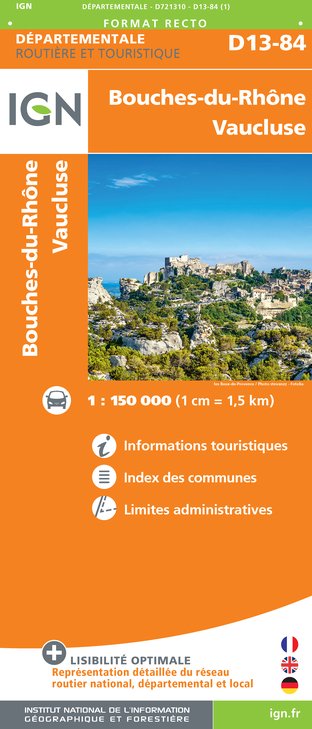
D13-84 BOUCHES-DU-RHÔNE VAUCLUSE
Editor : IGN
Collection : CARTES DÉPARTEMENTALES IGN
Scale : 1:150 000
5.90€
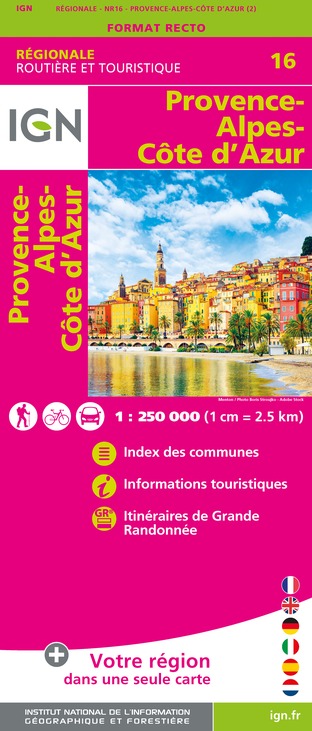
NR16 PROVENCE-ALPES-CÔTE D'AZUR
Editor : IGN
Collection : CARTES RÉGIONALES IGN
Scale : 1:250 000
6.80€
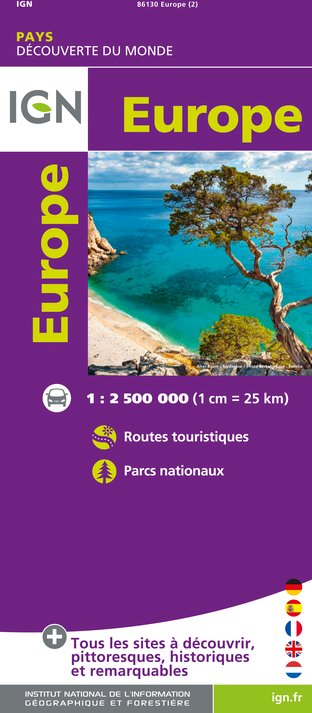
EUROPE
Editor : IGN
Collection : DÉCOUVERTE DES PAYS DU MONDE IGN
Scale : 1:2 500 000
7.00€
What to visit in GLM CAMPING MARINA PLAGE SAS
See more suggestionsVisit the iconic landmarks of GLM CAMPING MARINA PLAGE SAS.
See more suggestionsWhere to eat in GLM CAMPING MARINA PLAGE SAS
See more suggestionsEstablishments in GLM CAMPING MARINA PLAGE SAS offer dishes for all tastes.
See more suggestionsWhere to sleep in GLM CAMPING MARINA PLAGE SAS
See more suggestionsBook your stay at one of GLM CAMPING MARINA PLAGE SAS's accommodations.
See more suggestions





















